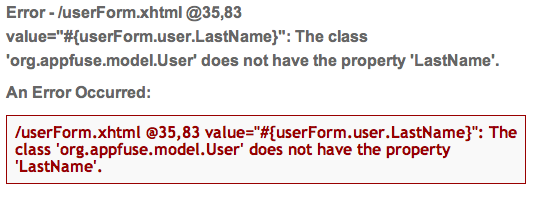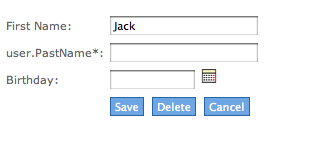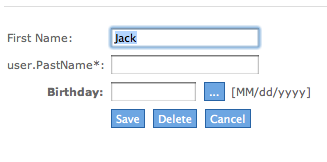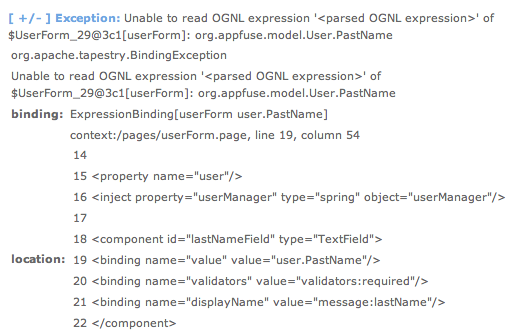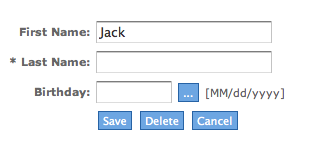Colorado Software Summit - are you coming?
Are you coming to the Colorado Software Summit this year? I'm excited to go because I wrote new presentations and I think they'll be a lot of fun to deliver. Also, as I've said before, I really enjoy this conference because it's so relaxing. It's a full-week long, which is a tough commitment, but I like to think of it as a vacation. You do have to deliver your talks 3 times each, so you still have to work every day, but there's also a great opportunity to learn from other speakers. And you don't feel rushed since each talk is given 3 times. This means you can treat some days like real vacation days where you only work a couple hours and others you can pack it in and get a brain full of stuff.
Here's my Choosing a JVM Web Framework abstract?
One of the most difficult things to do (in Java web development) today is to pick which web framework to use when developing an application. A few years ago, there were over 50 Java web frameworks available, most of them open source. Since then, the number hasn't gone down, but the quality of choices has certainly improved. Should you use the standard JSF, or something like Tapestry or Wicket? What about Struts' successor ? is Struts 2 better than Spring MVC or Stripes? And what about the slick-looking applications that Flex and OpenLaszlo can create? Should you use Rails on GlassFish or Grails with Groovy? Is ZK really the next best thing? Where does RIFE fit into all of this? The choice hasn't gotten easier over the years.
This session is a discussion about choosing the best tool for the job. Not only will various frameworks and their features be discussed, but so will important factors for choosing a web framework. Is ease of development more important, or future maintenance? Is the project community an important factor? All of these questions will be discussed and answers will be provided. If you are about to choose a web framework, or if you have an opinion about a web framework, this session is for you.
I think it's important to note that this talk is going to be a discussion. I don't plan on offering my opinions as much as I plan on extracting them from others. This talk probably wouldn't work with the Norway crowd (they don't like to participate much), but I think it'll work with the Colorado folks.
If you're attending ApacheCon this year, which talk would you rather attend - Comparing or Choosing? Or maybe "choosing" would fit in better as a BOF?




